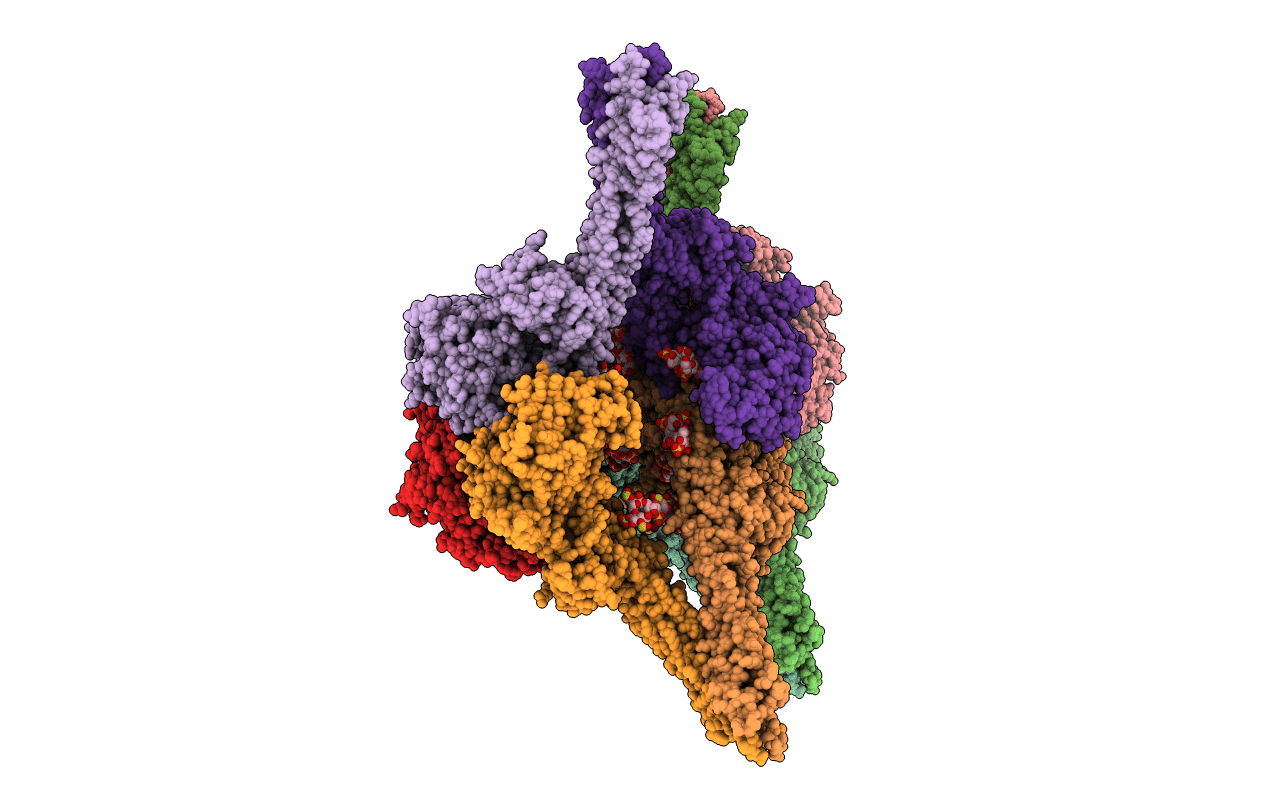
Deposition Date
2015-10-20
Release Date
2016-11-02
Last Version Date
2024-03-06
Method Details:
Experimental Method:
Resolution:
4.50 Å
R-Value Free:
0.27
R-Value Work:
0.23
R-Value Observed:
0.23
Space Group:
P 1 21 1


